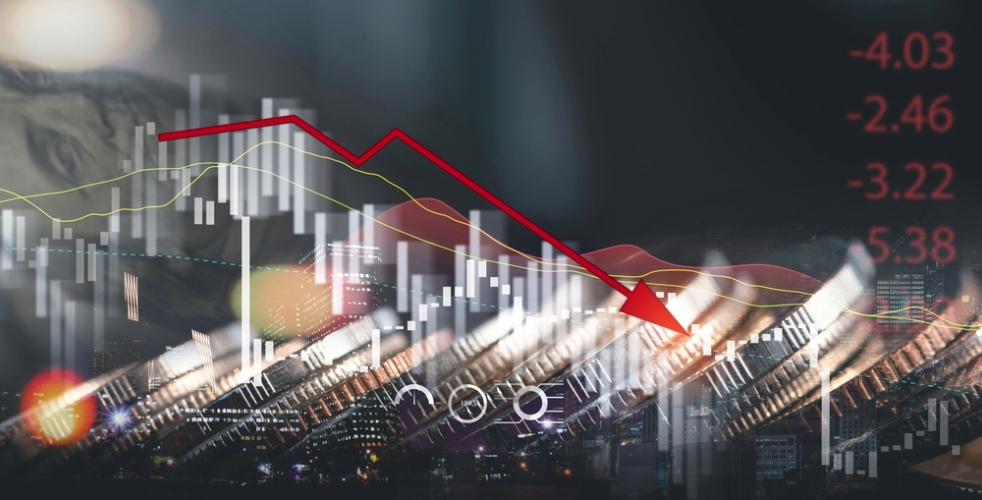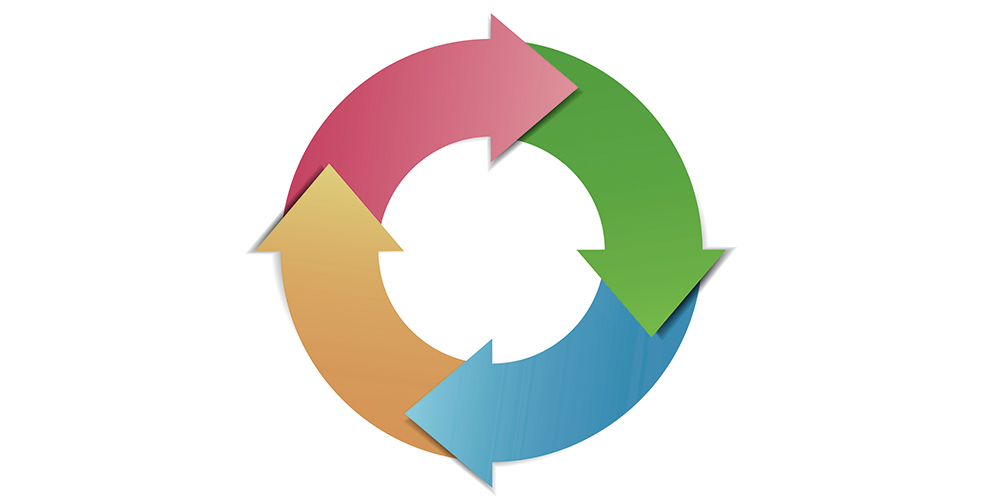The Cycle of Investor Emotions

Evidence from numerous studies on behavioral finance suggests that the need for emotional comfort costs the average investor around 2-3% per year in foregone investment return. This shortfall, commonly referred to as the “behavior gap,” stems from the fact that optimal long-term financial decisions are often very uncomfortable to live with in the short-term.








